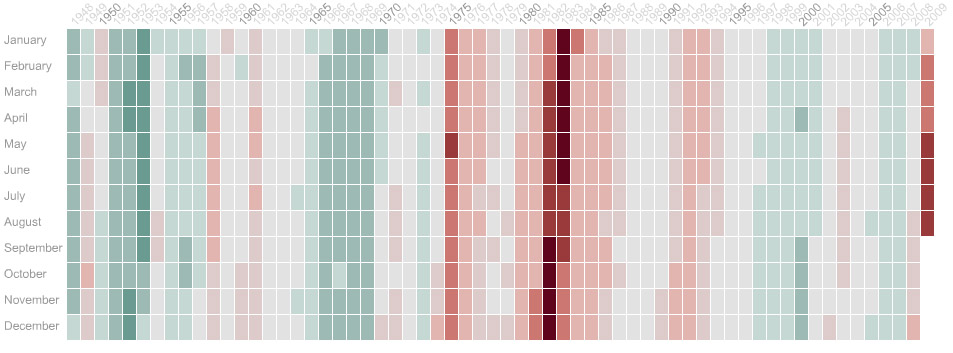Note: Several years after publication of this post, the Journal’s graphics server was hacked. Portions of the online graphics related to this series may not be available.
For the past few months, my editor, Julia Angwin, has been leading a team looking into the use of information gleaned online and through other technology to compile dossiers of people and their preferences. The screen shot above provides a visualization of the primary database in this project — a look at the “trackers” on the 50 top websites, and the companies to which they send data about visitors’ browsing habits.
The full graphic, available here, gives a good snapshot of what’s going on in the burgeoning field of behavioral advertising, a complex and rapidly expanding field that is coming to rely on “big data.” And it raises plenty of questions for consumers; it’s not always clear what is done with the data or how long it is kept. Much of the data collected on browsing habits does not contain what’s known as “personally identifiable information,” such as name and Social Security number. But as dossiers become more comprehensive, researchers say such precautions don’t mean the profiles are actually anonymous.
As part of this series, which the Journal is calling “What They Know,” I wrote up some instructions for maintaining privacy online. And we’re working on some other exciting things. So stay tuned.


